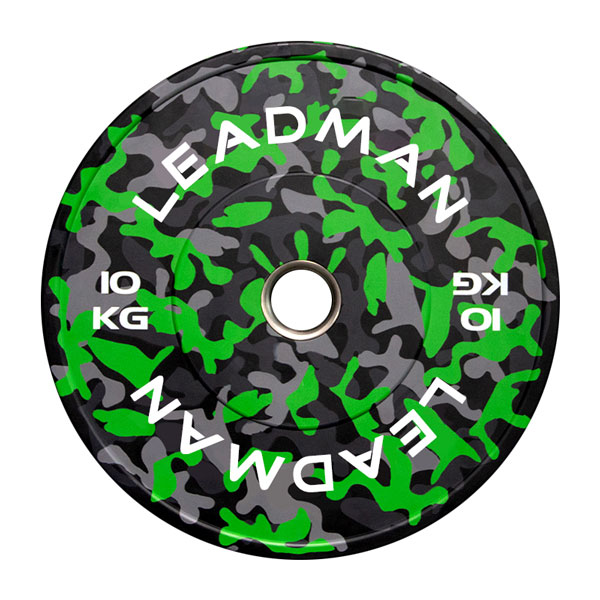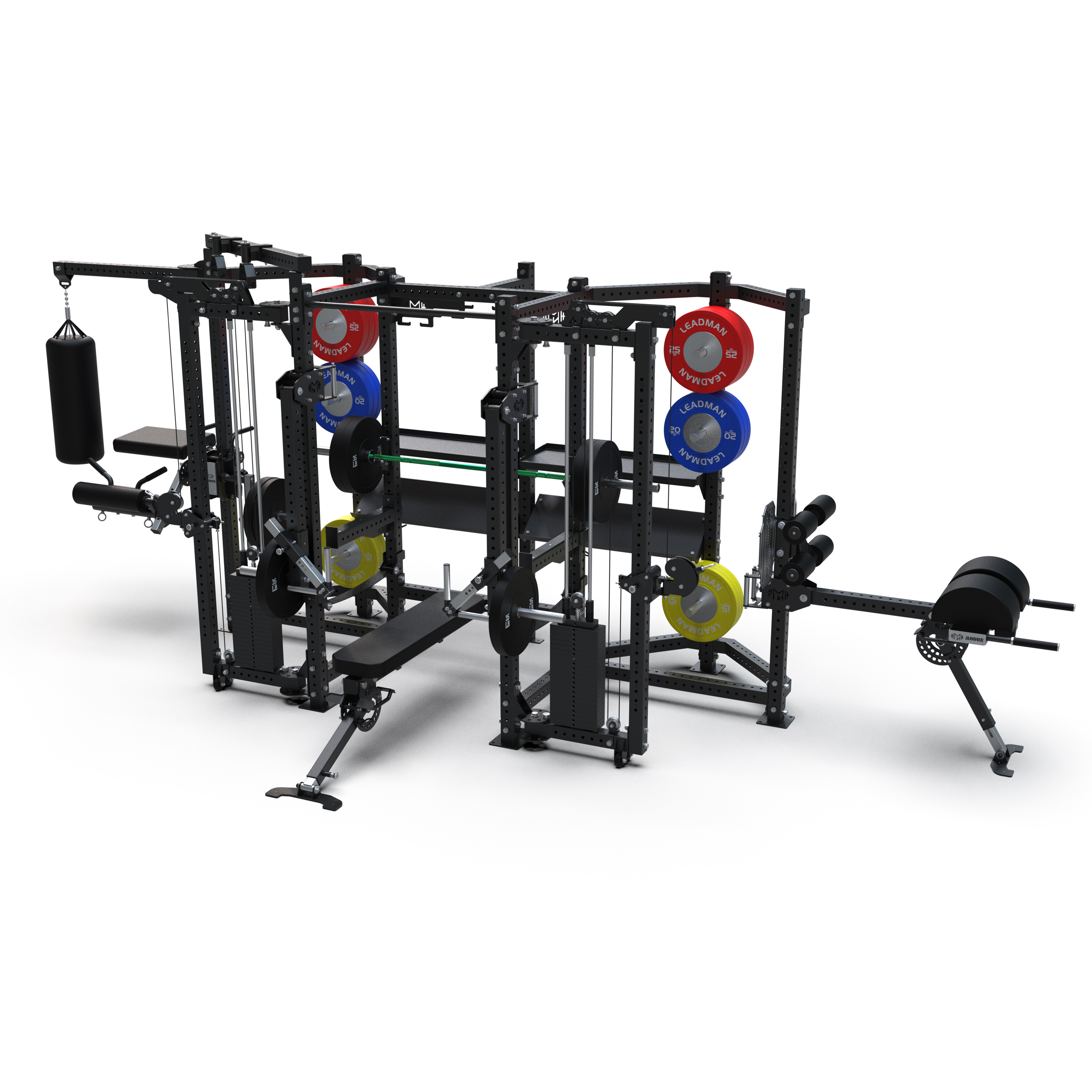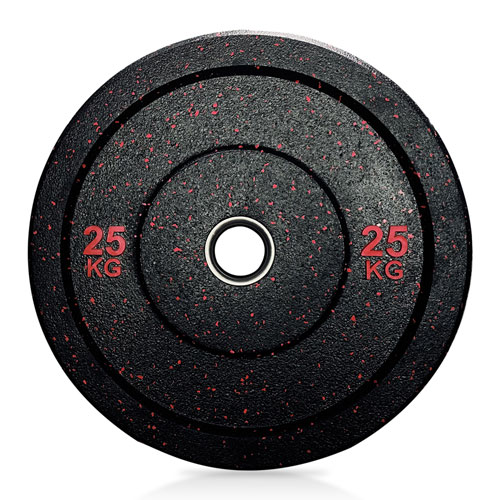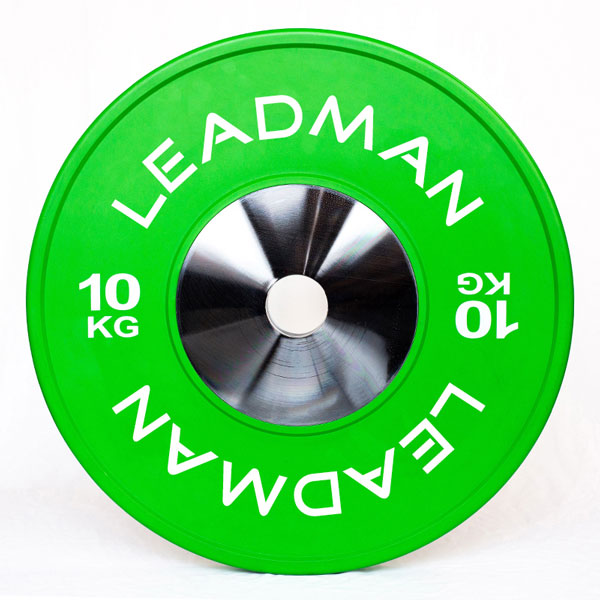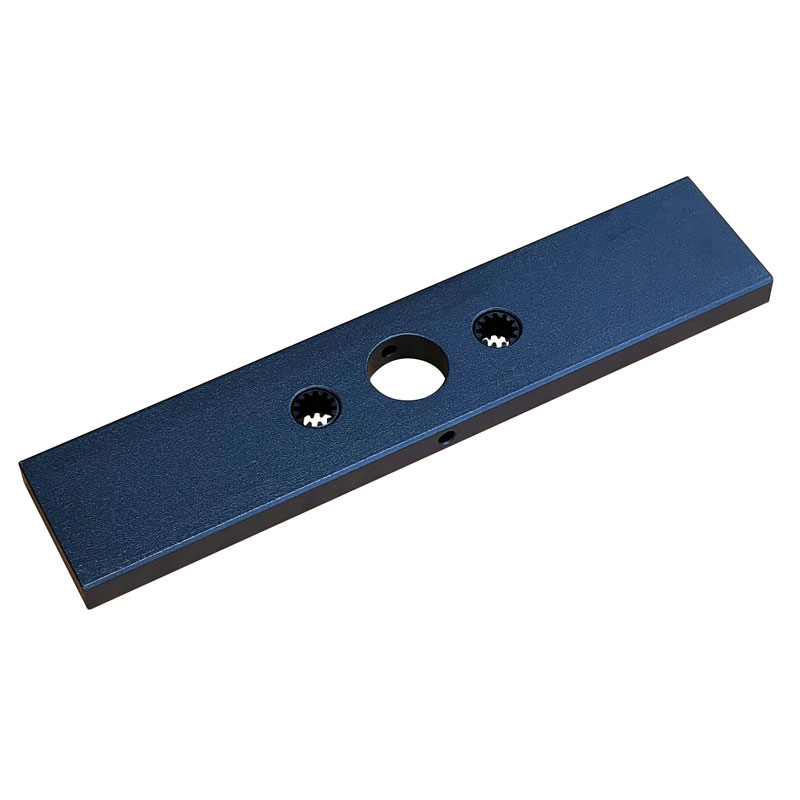Discover the True Cost of Gym Flooring
In the realm of fitness, gym flooring holds paramount importance, not only for its aesthetic appeal but also for its functional benefits. However, the true cost of gym flooring extends far beyond the initial purchase price. This comprehensive guide delves into the intricacies of gym flooring expenses, empowering you to make informed decisions that maximize your investment.
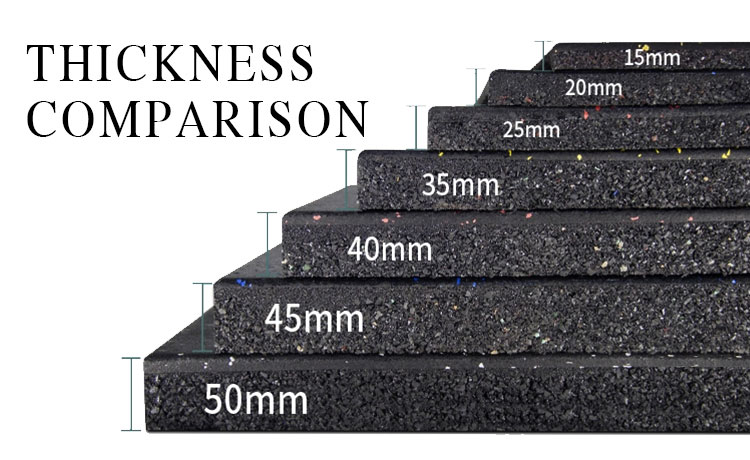
Types of Gym Flooring
Understanding the various types of gym flooring is crucial for evaluating their costs and suitability for your specific needs. The most common options include:
- Interlocking Tiles: These modular tiles provide ease of installation, durability, and versatility, catering to various gym settings.
- Rubber Rolls: Durable and impact-absorbent, rubber rolls are ideal for high-impact activities like weightlifting and cardio.
- Wood Flooring: Offering a classic and sophisticated look, wood flooring requires meticulous maintenance and is less suitable for high-intensity workouts.
- Sports Flooring: Specifically engineered for athletic performance, sports flooring provides optimal shock absorption, traction, and safety.
Material Costs
The material cost of gym flooring varies significantly depending on the type and quality selected. Here's a breakdown of approximate costs per square foot:
- Interlocking Tiles: $2-$4
- Rubber Rolls: $3-$6
- Wood Flooring: $5-$10
- Sports Flooring: $6-$12
Installation Costs
Professional installation of gym flooring is highly recommended for proper alignment, durability, and warranty purposes. Labor costs vary based on the complexity of the installation, but typically range from $1-$3 per square foot. DIY installation can save money, but requires adequate time, expertise, and proper tools.
Maintenance Costs
Regular cleaning and upkeep are essential to maintain the appearance and lifespan of gym flooring. Maintenance costs include sweeping, mopping, and occasional deep cleaning. Repair and replacement costs depend on the extent of damage and the type of flooring. However, prompt repairs can prevent further deterioration and extend the floor's lifespan.
Hidden Costs
Beyond the apparent expenses, there are hidden costs that should be considered:
- Moisture Damage: Inadequate moisture barriers can lead to mold growth, necessitating costly repairs.
- Impact Absorption: Certain activities require flooring with high impact absorption to protect joints and reduce noise levels.
- Slip Resistance: Ensuring proper slip resistance is crucial for safety, especially in areas with high moisture or traffic.
Cost vs. Value
Balancing initial costs with long-term benefits is essential. Consider the trade-offs between durability, maintenance requirements, and the functionality of the flooring. A higher initial investment can result in significant savings on maintenance and replacement costs over time.
ROI Factors
The return on investment (ROI) for gym flooring depends on several factors:
- Type of Gym: Commercial gyms typically have higher usage and require more durable flooring, while home gyms may opt for less expensive options.
- Usage Intensity: Flooring in heavily used areas requires higher durability and more frequent maintenance.
- Target Clientele: The needs and preferences of clientele should guide flooring choices, considering factors like comfort, aesthetics, and safety.
Budgeting for Gym Flooring
Establishing a realistic budget is crucial. Consider spreading costs over time through financing options. Consulting with flooring experts can provide valuable insights and ensure the optimal use of your allocated funds.
Expert Advice
Interviewing a flooring expert can provide valuable tips and recommendations. They can help you evaluate your needs, select the most suitable type of flooring, and avoid common flooring mistakes.
Conclusion
The true cost of gym flooring encompasses not only the initial purchase price but also installation, maintenance, hidden costs, and long-term value. By understanding these factors, you can make informed decisions that maximize your investment, create a safe and functional workout environment, and enjoy the benefits of a high-quality gym flooring for years to come.
Consult with experts or request quotes to determine the true cost of your flooring and ensure that your gym floor meets the unique demands of your fitness space and clientele.
FAQ about Gym Flooring
Q1: What are the best types of flooring for a gym?
A1: The best types of flooring for a gym include interlocking tiles, rubber rolls, wood flooring, and sports flooring. Each type has its own benefits and suitability depending on the activities and intensity of use in the gym.
Q2: How much does gym flooring typically cost?
A2: The cost of gym flooring varies by type. Interlocking tiles range from $2-$4 per square foot, rubber rolls from $3-$6, wood flooring from $5-$10, and sports flooring from $6-$12. Installation costs typically add an additional $1-$3 per square foot.
Q3: What are the maintenance requirements for gym flooring?
A3: Maintenance for gym flooring includes regular sweeping and mopping, as well as occasional deep cleaning. Depending on the type of flooring, repairs may be needed for damage, which can vary in cost.
Q4: Are there hidden costs associated with gym flooring?
A4: Yes, hidden costs can include moisture damage repairs, additional impact absorption needs, and ensuring proper slip resistance for safety. These factors can significantly affect the overall cost of maintaining gym flooring.

